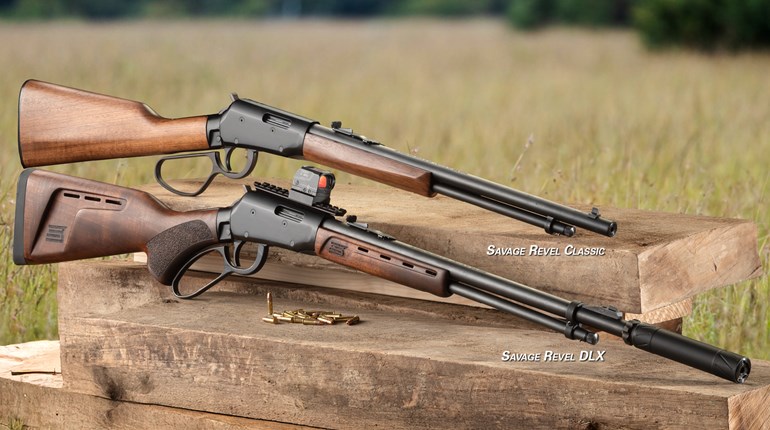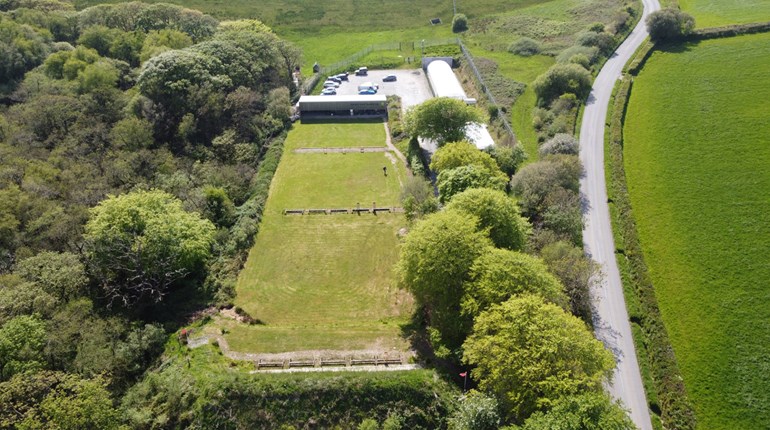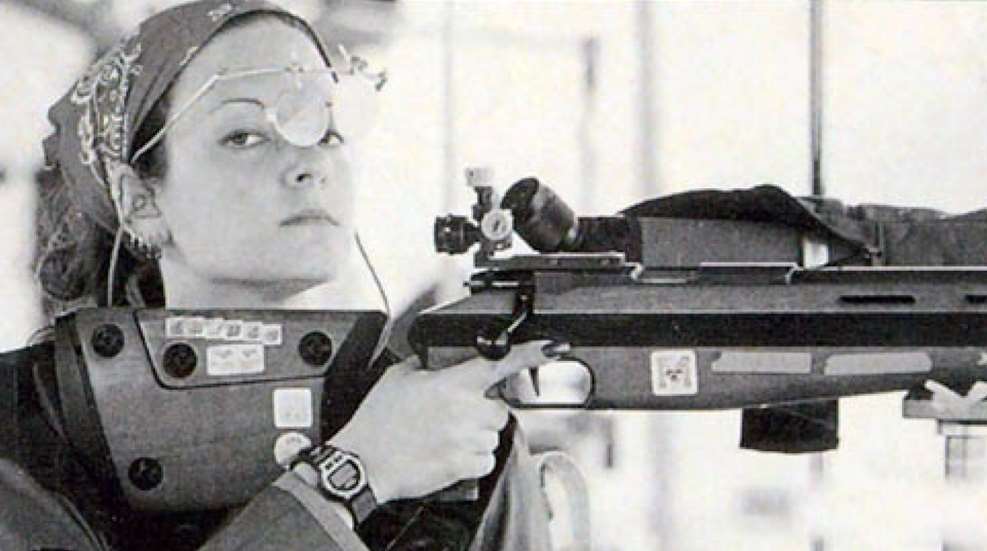
If you haven’t already, be sure to read Part 1, Part 2, Part 3, Part 4, Part 5, Part 6 and Part 7 of this series of articles celebrating the National Smallbore Outdoor Rifle Championship Centennial.
1990
The 1990 National Smallbore Position Championships was reminiscent of an old western movie about an aging gunfighter facing a host of young guns that are looking to take him down. In this case it was Wigger facing a younger and quicker Jim Meredith. Wigger seemed in full control, but he let slip a seven standing. So infrequent were his shots outside of the nine-ring when standing that when asked about the wide shot, he deadpanned that he didn’t even know they printed rings out that far.
Wigger won the any sight championship, but Meredith’s early lead with irons won him the 1990 NRA National Outdoor Three-Position Championship. Meredith’s gold medal win in position was a compliment to his older brother Bruce’s national prone title in 1967. The two siblings become the only brother combination to ever win national titles.
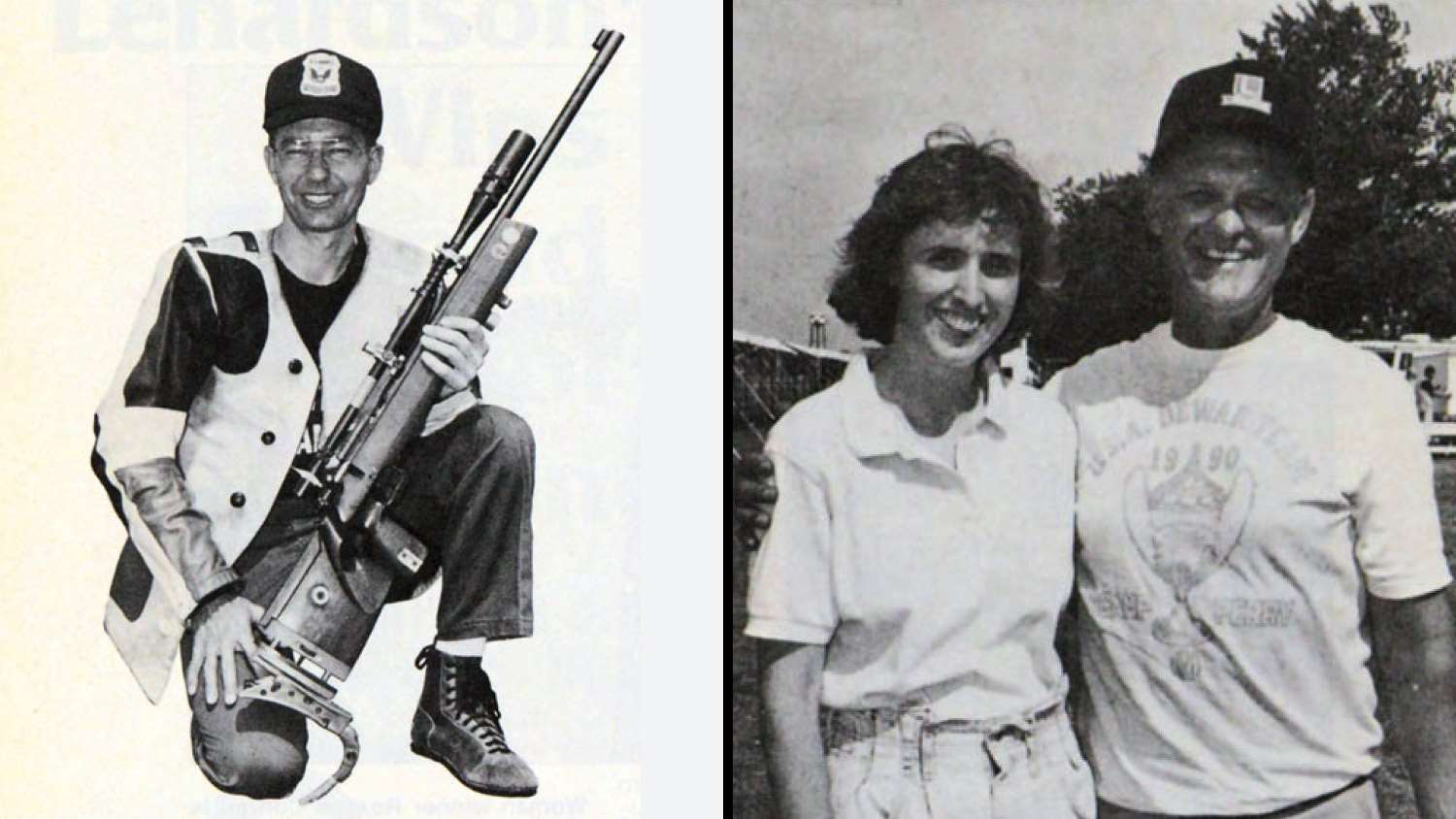
On the first day of prone shooting, 384 shooters lay out their gear for the first metallic sight 50-yard match. Two days later the Hoppe Trophy was awarded to Lones Wigger. He had just missed the position title and was now looking to take home the prone crown as he did in 1985 under the same conditions.
Ron West won the any sight title, squashing Wigger’s hopes. But when the metallic sight and any sight aggregates were totaled, both were surprised as T.R. Bishop was crowned the National Champion. As the civilian champion, he also was awarded the last of the original gold Schweitzer Medals.
1991
The championship in 1990 saw many of the old timers begin to fade into the background and new faces to the forefront. There was some thought that a new era was dawning as the hard holders of past years were aging and perhaps it was time for the next generation to assume its mantle. As much as the young Turks would like to see that scenario come to fruition, the old fire horses were not quite ready to remain in their stalls munching hay when the bell—or in this case cannon—sounded to start the 35th Smallbore Position Championship.
At the end of the first day, the youngsters stood in awe of Wigger’s record setting iron sight 1131-38X that garnered him the metallic sight position championship.
When all was said and done, Wigger had quietly won. The 1991 title was the 35th position championship and Wigger had won 20 of them—the most by anyone, by a military shooter, and by virtue of his latest win, the greatest number won by a civilian—quite a trifecta.
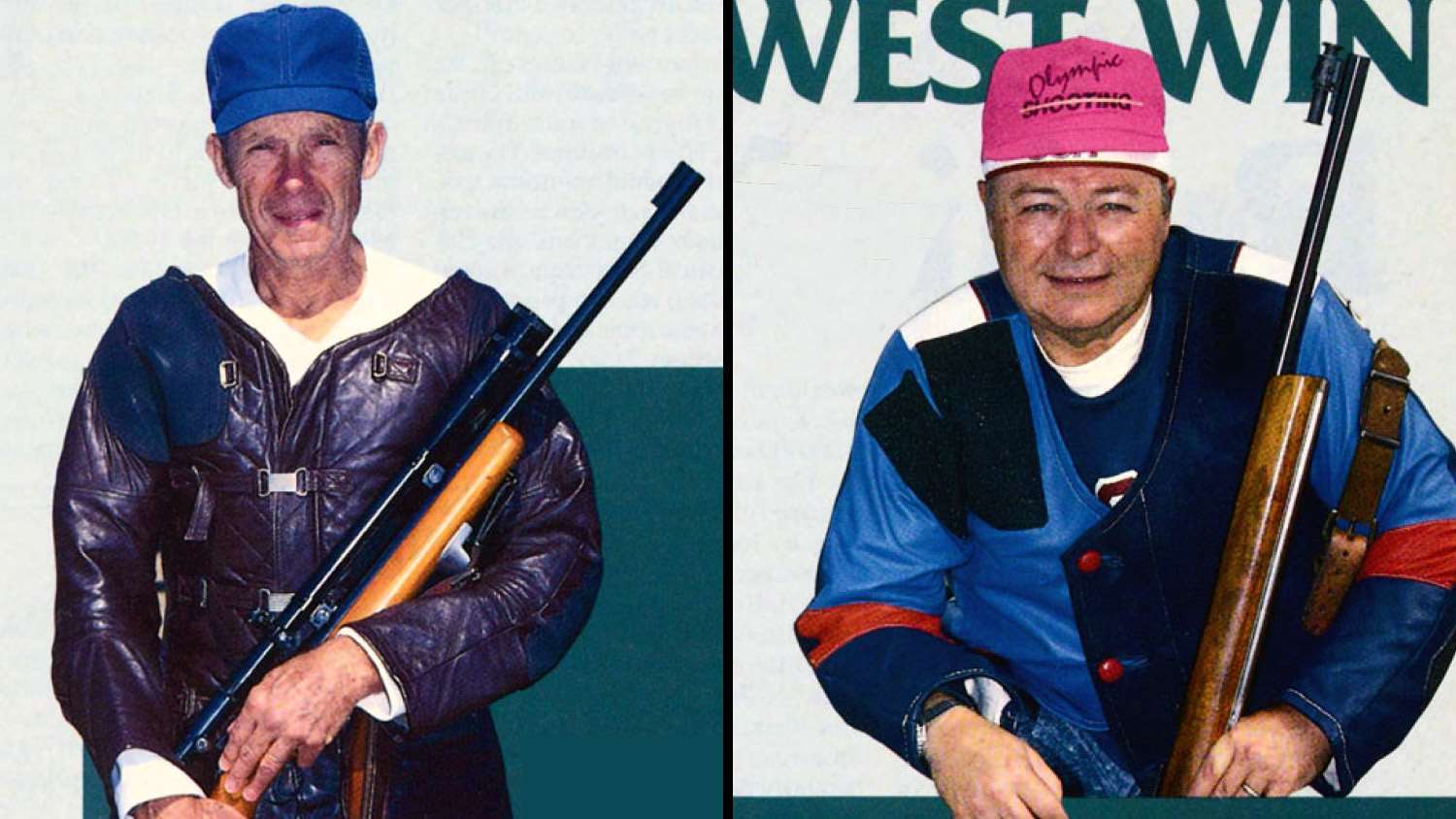
The young bucks found out just how tough the old stags were during position, but the best was yet to come.
After two days the metallic sight aggregate ended, and the champion was named. It was Lones Wigger who was making a strong run on his third attempt to win concurrent position and prone titles, a feat he accomplished last in 1973.
After the Team Day break, the closely contested individual matches resumed. On the last match of the day, West came through with a 400-32X at 100 yards to give him the victory as he bested Wigger by a single point. His success was a result of steadily shooting high scores.
The 1991 smallbore championships proved that there was still starch in the collars of the older shooters and the youngsters trifled with them at their peril.
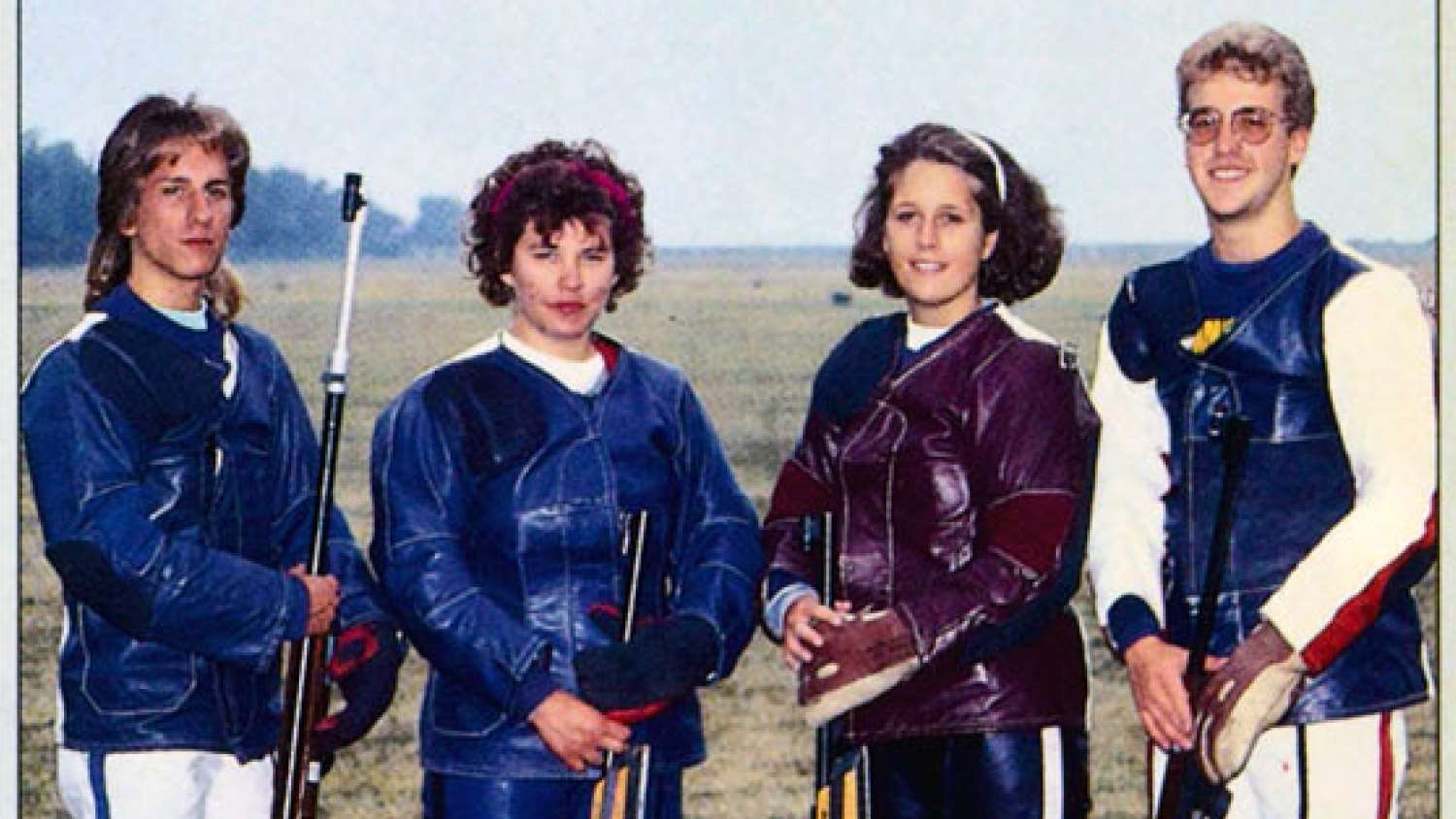
1992
As is often the case in an aggregate, the winner just rambles on with solid scores that do not win, place, or show in individual matches. When the final bulletin was posted for the 1992 Metallic Sight Position Championship, four competitors had broken Wigger’s record of 1131 he set the previous year. Surprisingly enough, the match winner was Lones Wigger.
Lance Peters won the any sight aggregate. It was a sweet irony for Peters that third place in the any sight aggregate was Wigger, for Peters held the Camp Perry record for second and third place finishes to Wigger.
And what of Wigger? Four hundred and thirty-seven competitors stood below him in order of merit and he took home his 21st Frank Parsons Memorial Trophy as the National Champion.
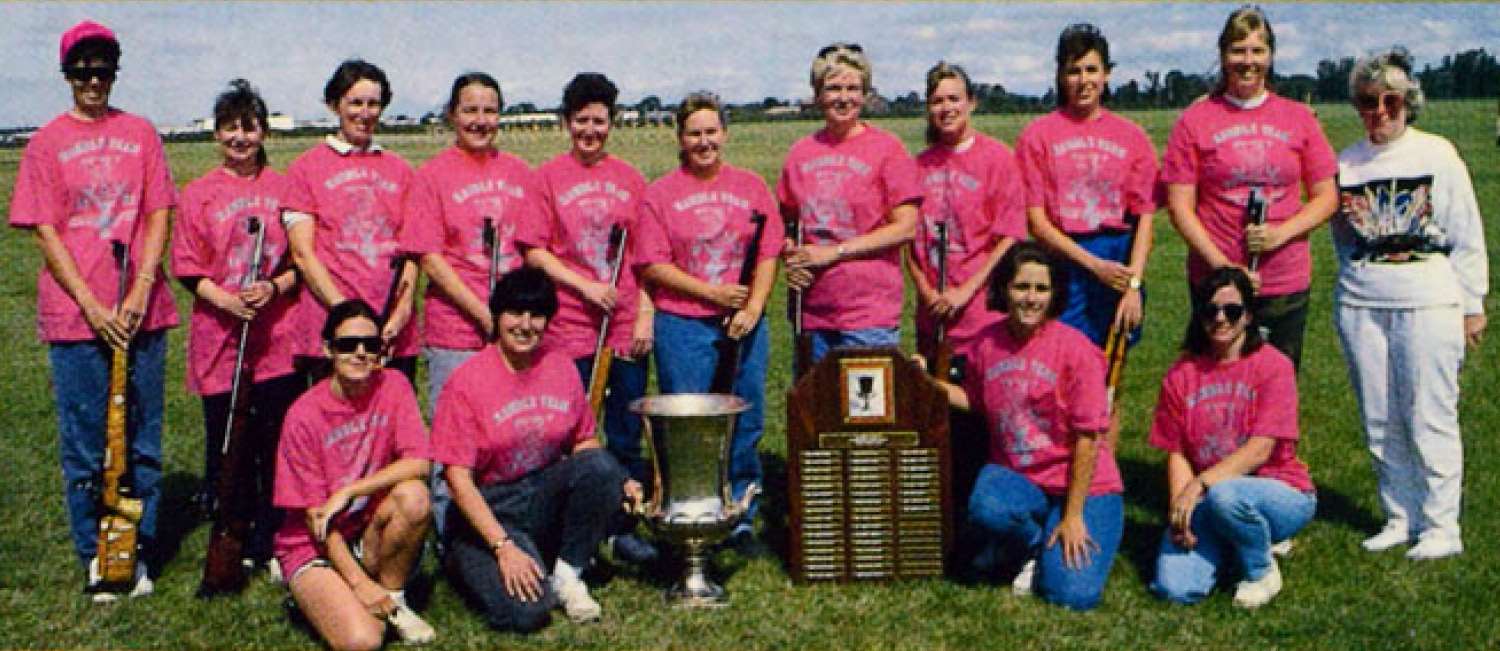
The spotty weather that harassed the position matches remained to remind the prone shooters, but Matt Suggs seemed not to mind and won the Hoppe Trophy as Metallic Sight National Champion.
Rushed decision making set the stage for one of the worst competitive disasters in championship history. After a long delay, the decision was made to cancel the Yard match and the line was called for the Meter match. Targets were hung and the preparation period began. As shooters squinted down range through their scopes, more than one set of eyes widened in horror as it was realized, in the rush, they had hung the second stage 50-yard target instead of the correct Meter target. With the line called there was no way the unlucky competitors were going to be allowed to make a change. All those who hung the wrong target took a 200-point penalty. Lones Wigger was one of those who dropped out of competition in this spectacular fashion.
On the final day of the championship, Dave Chesser won the day with a 1600, one of seven. However, Chesser was to become the first among equals. His near perfect shooting over the two won the U.S. Cartridge Company Trophy and the National Championship.
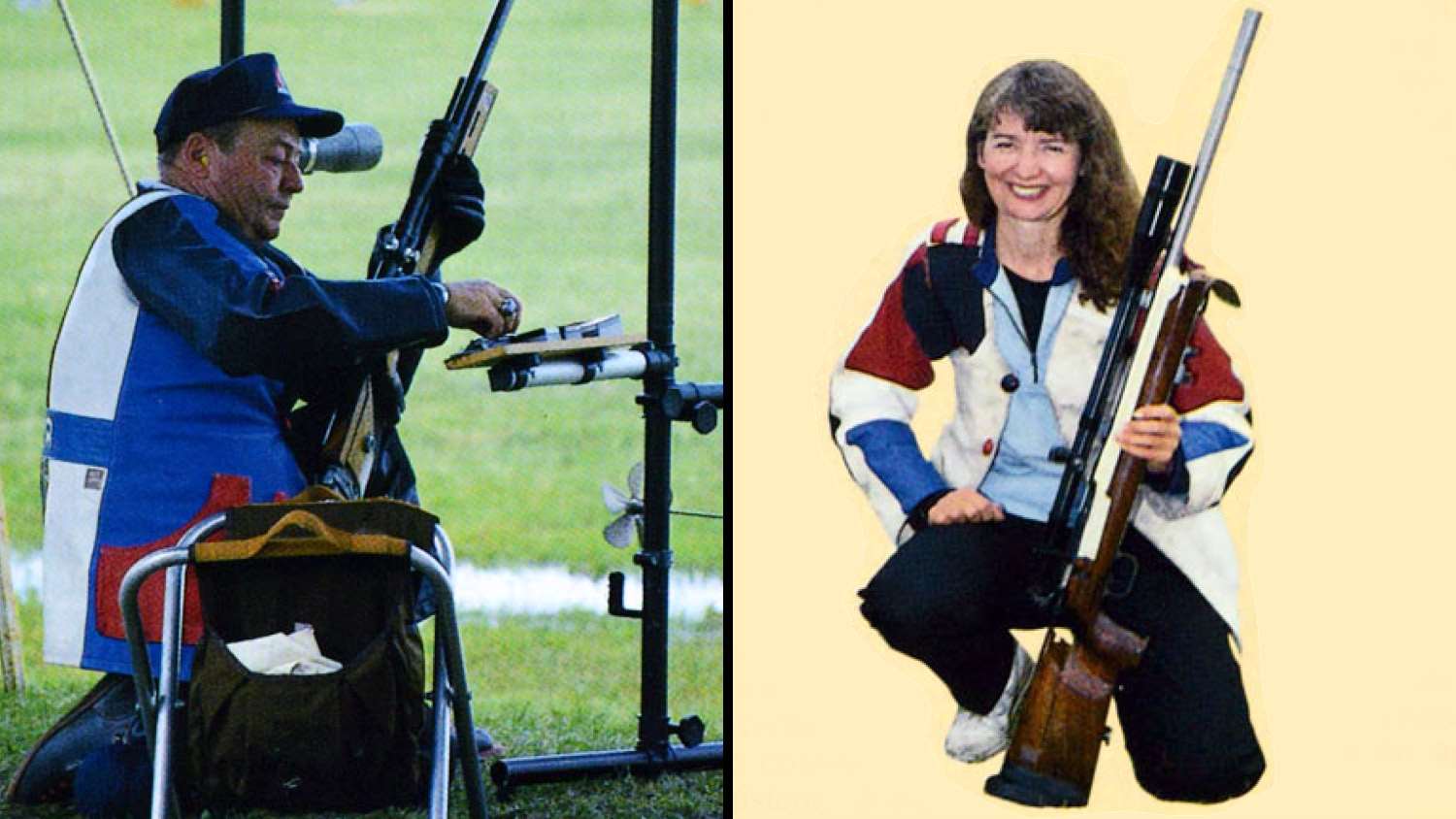
Sitting in the audience was Lones Wigger who would not make a single trip to pick up a prone award. Yet his performance was, in its own way, award winning. After finishing third in the metallic sight phase, he met with calamity and knowing it was impossible to win, did not give up. He won two matches after he hung the incorrect target and was one shot short of perfection on the final day. Had his first any sight Meter match been a 400, a not unlikely happenstance, his two-day total would have good for silver.
1993
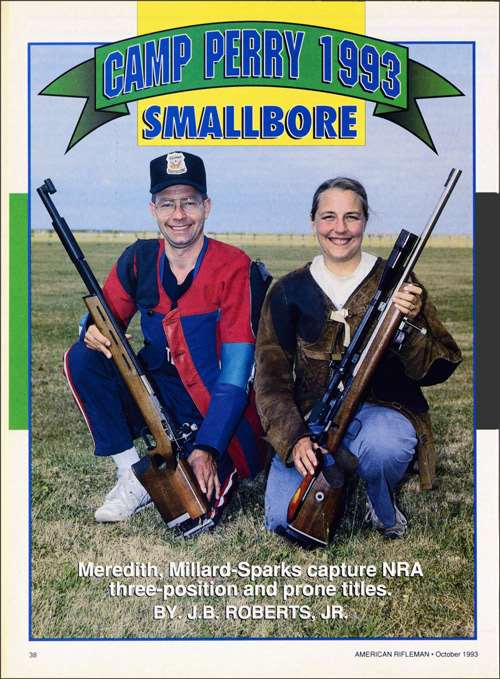
Since 1963, a Lones Wigger entry in the position matches pretty much heralded a win or as one wag put it, “Lones Wigger entered the position phase of the National Smallbore Rifle Championships at Camp Perry. That’s to say that Lones Wigger won the National Championship for the first statement pretty much means the same as the second.” This statement was hard to deny, for in the 29 years since he won his first position title, he had won an additional 20 times. The denizens of the firing line this year were taken aback to learn that there would be no Wigger entry in the 1993 position matches.
Wigger’s decision to hang up his shooting boots and pants came as a result of a combination of events, including the deteriorating condition of his right knee and the lack of training time. Lastly, he simply had nothing more to prove as a position shooter having won just about everything there was to win both internationally and nationally.
The first day of the race to replace Wigger as national champ ended with Jim Meredith the metallic sight champion, Meredith prevailed sweeping the any sight aggregate. In a year that was ripe for a newcomer, it turned out that there was no substitute for experience at the top. Meredith’s win in position put him second on the all-time winner’s list, tied with Art Cook and Tommy Pool at two each, 19 wins behind Wigger.
The final day of the iron sight prone competition saw Kristin Peterson win the Hoppe Trophy. She was the first woman to do so in some time.
On the last day of any sights Marianne Driver, the 80-year-old Grande Dame of prone shooting, spoke with Patti Clark telling her that her next 20 record shots would be her last in competition. She reminisced how she and her shooting friend Patricia Burkhalter, now long gone, had kidded each other that they would compete until they were 80. They even acted out how they might look on that far distant day, toothless and supported by canes, as they asked some young junior to help them hang their targets. Now, Mrs. Driver had reached that magical age of 80. In what can only be described as a storybook ending, Mrs. Driver fired a 200—a nice high point on which to end a career which stretched back to the 1930s.
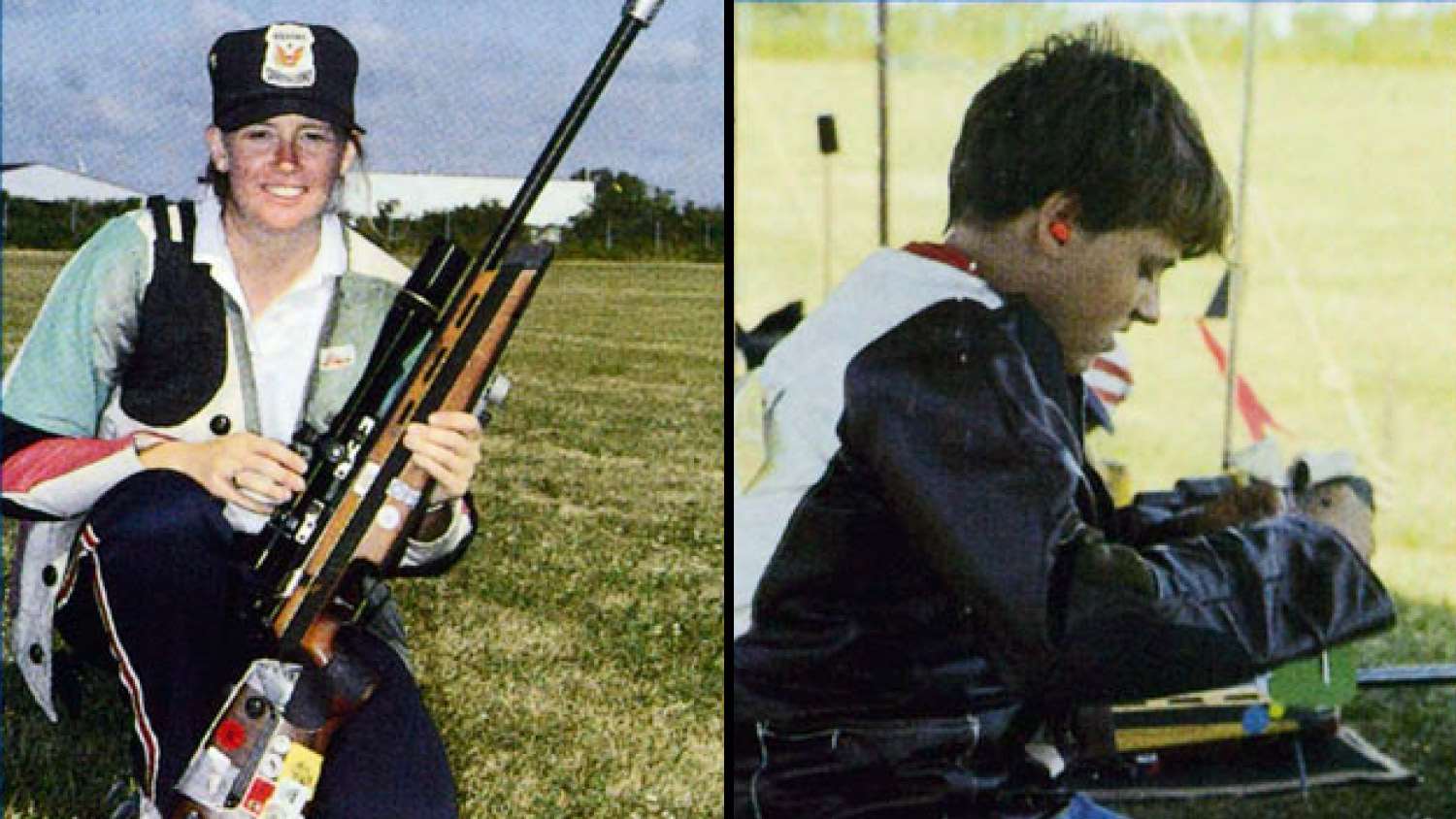
Keeping her promise to Pat Burkhalter, she unclipped and took down her last target. It was taken back to the line where a crowd of well-wishers and longtime friends covered it with appropriate good wishes. Framed, it hung in her home as a testament to over a half-century of distinguished participation in the sport of prone smallbore rifle shooting.
After four days of tricky winds and frustration, Carolyn Millard-Sparks emerged the National Prone Champion.
The matches marked the retirement of two of the greats of the game. Mrs. Driver would continue to attend Perry and renew old friendships and make new ones in the coming years. Wigger, on the other hand, had only retired from position shooting and would be back with the same skill and determination now concentrated on just a single discipline—prone.
1994
The weather during the position phase of the matches was outstanding, as was the shooting. Only a brief violent burst of wind and rain marred the match by tearing down a section of the awning. It was symbolic of the sweeping away of the old and introduction of the new in a post Wigger era in position.
Mike Anti took the lead in the standing match that he would not relinquish, all while setting a new National Championship record.
On the second day, the any sight match, Anti simply shot high scores that individually did not win a match but, when totaled, gave him a national any sight championship record. In a tournament that was comprised of eight matches, Anti set an amazing four records while cruising to five wins and was crowned the new position champion.
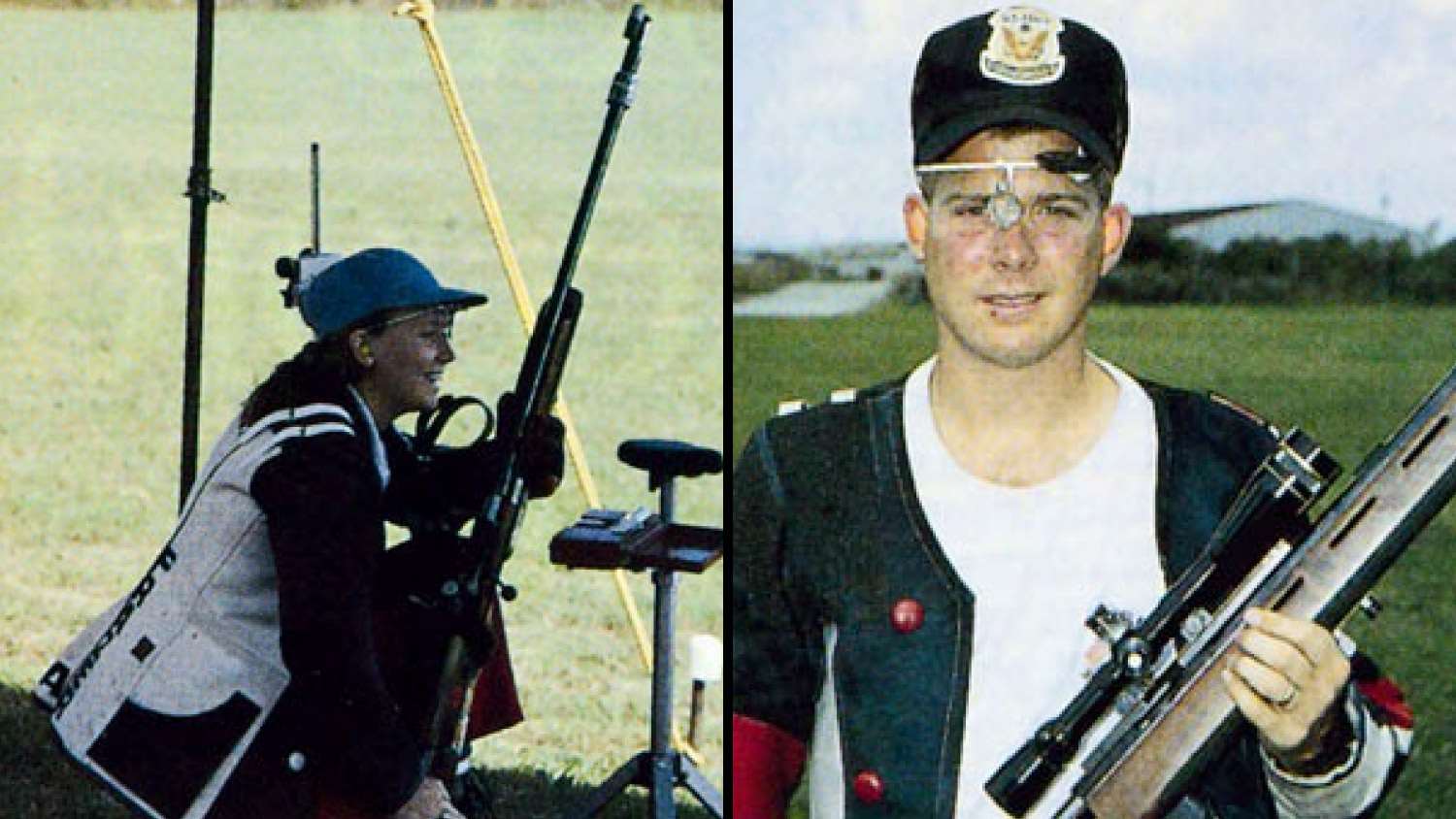
The traditional order of prone matches, Yard, Meter, Dewar, and 100-yard had been followed since 1966. This year was to be different. The Smallbore Committee decided to alter the order of firing and begin the day with the Dewar, followed by the 100-yard match, the Meter match, and close with the 50-yard event. They reasoned that the other major 6400-point matches, the Western Wildcat and the Los Angeles All-American 6400, took the deteriorating effect of afternoon conditions into consideration, and fired the long range matches early. This reduced the effects of wind and mirage on these events and enabled the shooters to better spot shot holes in the cooler and calmer early part of the day. Having to shoot the usually easy 50-yard match in the tougher late day conditions now put greater weight on what used to be a “gimme.”
Weather conditions were not that good in prone, helping Ken Johnson win the metallic championship. Eventually he beat all to become the Smallbore Rifle Prone Champion. In an odd twist, this would be the second time the trophy would be presented to a Kenneth Johnson for the 1956 National Champion was J. Kenneth Johnson, no relation. It is rare enough that a name appears twice on the trophy but that the same name belonged to two separate riflemen is worthy of note, or a card in a game of Trivial Pursuit.
1995
Momentum is a fragile thing and the thought that it might be building up over a year is not an easy concept to imagine, unless you are Ken Johnson. In 1994, he finished second in the Three-Position championship and won the national prone title five days later. He arrived at Camp Perry this year apparently still pumped up. Although his performance from match to match wasn’t spectacular, it was marked by a consistent production of quality scores.
Tommy Tamas won the metallic sight championship with Johnson a distant fourth. With scopes, Tamas widened the gap just a tiny bit but was eventually eclipsed by Johnson who became the new any sight position champion.
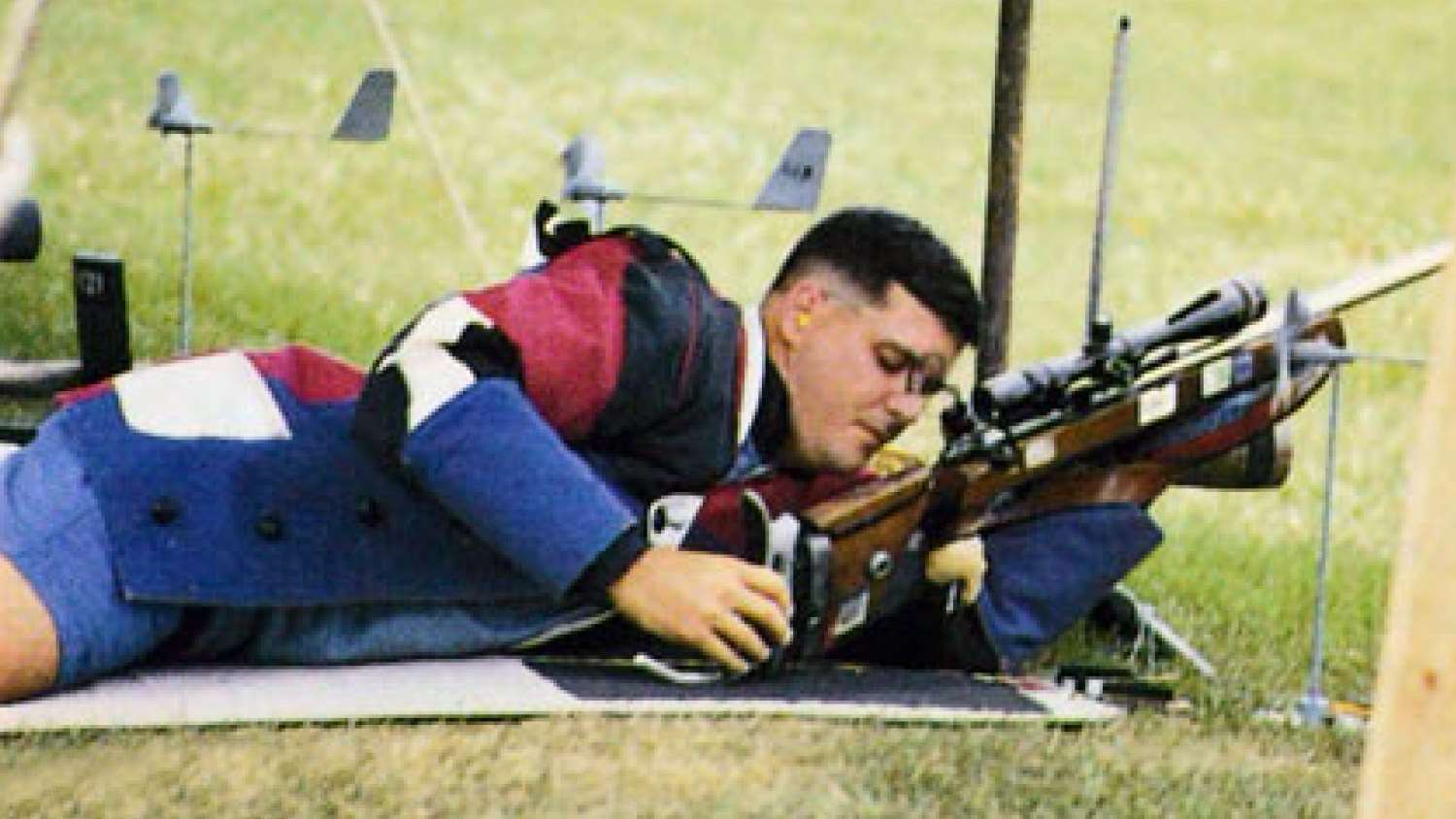
When both scores were added, Johnson had won the Frank Parsons Trophy. Johnson now joined a select group of riflemen, Art Cook, Lones Wigger, Pres Kendall and D.I. Boyd II, who had won both the prone and position national outdoor titles. For a few days, Johnson would be both the position and prone National Champion.
The metallic sight championship went to Matt Suggs. Tamas had dropped seven points on the first day of irons and then ran the table to win. He joined Johnson in that elite group of double title winners, having been the position champion in 1989.
Johnson and Tamas made the matches memorable. They were young shooters with great potential who demonstrated the traits of true champions and became role models for many.
1996
The nefarious Perry winds were present to keep everyone honest and hard working on the first day of iron sights. Ken Benyo, who owned the National Championship record kneeling for several years, but his skill in that uncomfortable position helped him to metallic sight championship win.
After an exhausting day of iron sight shooting, the relative calm, coupled with the change to telescopic sights, made the final day seem like a holiday to the wind whipped shooters. Goff won the any sight championship. When the two days were added, the final score revealed that the unnoticed Web Wright had parlayed his iron sight and any sight scores into the Frank Parson Trophy.
Prone competition tends to be more of an open contest than position shooting with favorites much harder to pick but Wright kept on winning. The lead switched on day two and Tamas won the metallic sight championship. His win put him in control moving into the any sight stage. Tamas had no breathing space as Shane Barnhart was just seven Xs behind and Edie Reynolds, the new women’s iron sight champion, was sitting on a 3193-238X.
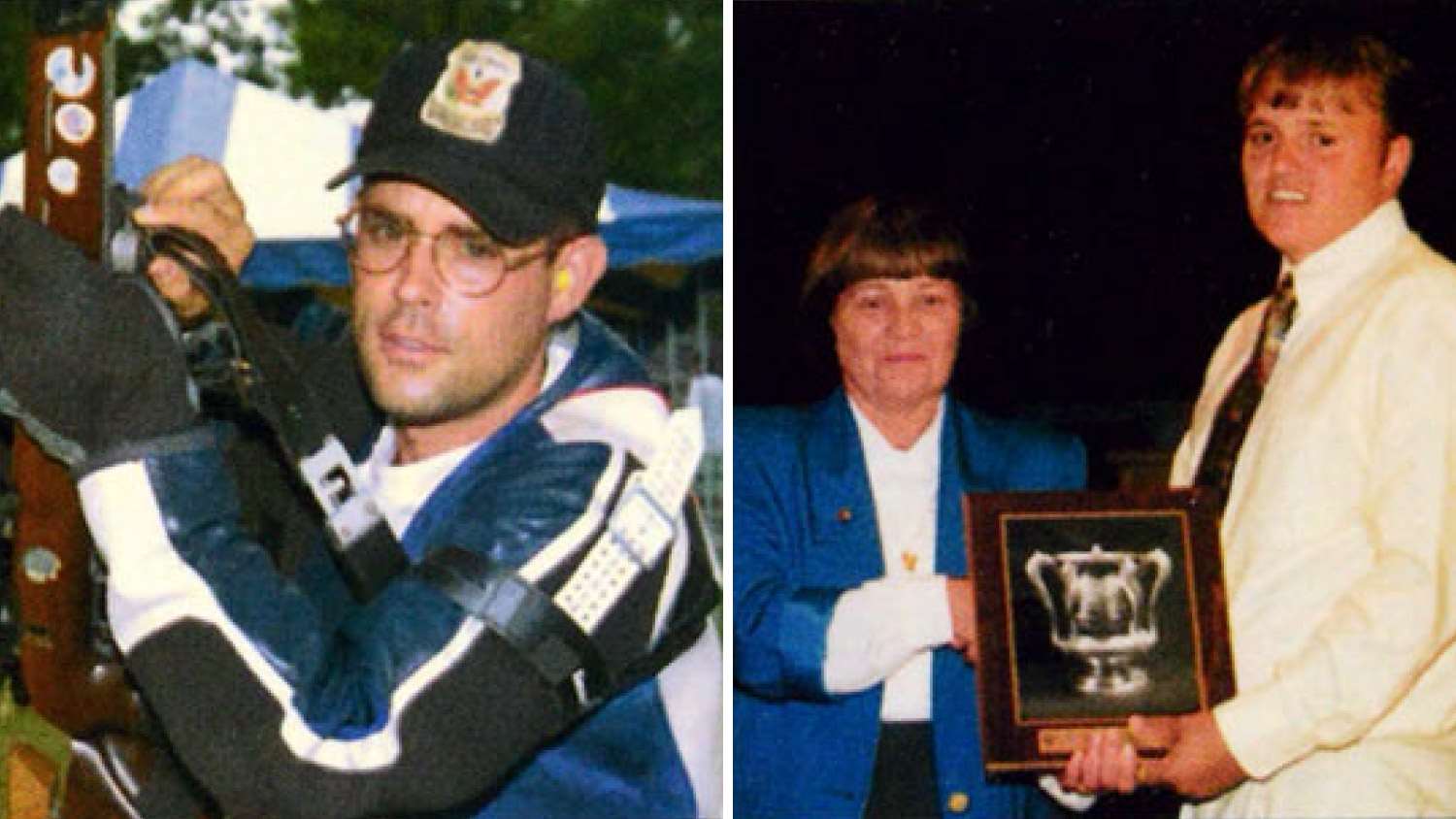
Tamas, loath to give up any part of his lead, opened the any sight match with a win in the Dewar and cleanly won both the Meter and Yard matches being the shooter to go clean for the day.
The final day looked as if was going to belong to either Steve Goff or Scotty Huntington as they alternated match wins. At the end of the day, Tamas had back-to-back 1600s and was the any sight champion. Paired with his win in irons, Tamas was now the first to win two straight national titles prone since Dave Weaver had done so in 1988 and 1989. This was only the fourth since the matches began in 1919.
1997
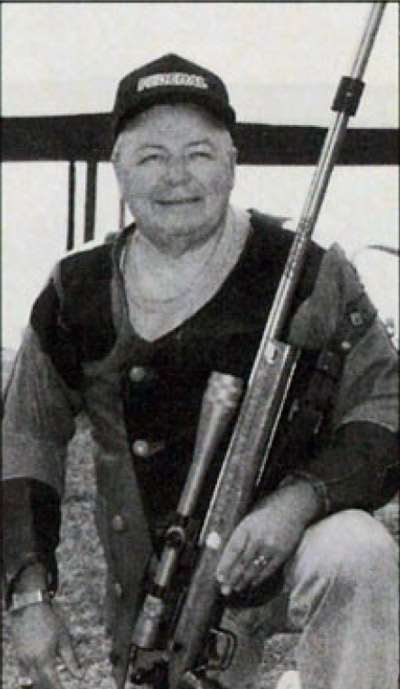
It would be a “Three P” year at Camp Perry—position, prone and Pershing.
Steve Goff could not win a match in position iron sights. However, at the end of the day his consistency saw him win the metallic sight championship. The next day he wasted no time in staking out his claim in the any sight match with a 399 prone score but fell behind Ken Benyo who was the new national any sight champion. Since Goff had a 20-point advantage over Benyo in iron sights, he easily outdistanced him for the National Three-Position Championship.
The first of the four days of prone began with excellent weather. Lones Wigger took advantage of it to shoot a 3200 to win the metallic sight championship.
On Team Day, large puddles of water covered Lake Shore Drive as the wind drove the crashing surf completely across the two-lane blacktop road and the firing of the Randle and the Dewar Matches was postponed. The hope was that better shooting conditions would exist the following day after the Pershing Match had completed.
The Pershing Match saw Canada draw the left side of the line, Great Britain the center, and the U.S. the right-hand bank of firing points. The U.S. team, with Shane Barnhart, Glenn Dubis, James Hinkle, Lones Wigger, Jr., Steve Goff, Cory Brunetti, Jason Parker, Eliza Bishop, Kerry Spurgin and Barry Smith fired a 3990-289X to Great Britain’s 3987-273 and Canada’s 3959-228. Tony Leone and Dave Cramer were team alternates. George Harris, team adjutant, assisted Team Captain Edie Reynolds, the first woman named a U.S. Pershing team captain, while Frank Boyd served as coach. Dubis was the high gun for the U.S. and the match, with a 400-36X, while Great Britain’s Cliff Ogle's 400-33X was the best score on his team—earning him the William Grater Trophy.
The Smallbore Committee came up with the idea of the “Made in America” match that would require the shooters to use only rifles, metallic sights and ammunition made in the USA. Forty-three competitors showed up to shoot a Dewar Course, won by Jim Miller with a score of 400-27X and shot with his custom Winchester 52E, Redfield Mark VIII sights and Federal Ultra Match ammunition. Steve Rocketto won special mention for the most period paraphernalia. He showed up on the line with his Winchester 52C, purchased new in 1958, 10X coat and glove, 22-year-old Camp Perry sweatshirt, a 1941 rule book, assorted antediluvian Freeland items and a couple of boxes of Western EZXS with which he proceeded to use in the match.
After the team matches everyone was eager to get back to the final half of the championship. The 6400-point aggregate entered its last day and, after a four-year dry spell, Lones Wigger found himself back on the top step during a Perry awards ceremony. His competitive spirit had not been damped and when he picked up the Critchfield Trophy he became the leader in national prone titles with a total of six. He was the most successful outdoor smallbore competitor in the history of the National Championship.
1998
The news that a tornado had ripped through North Central Ohio and had struck Camp Perry tore through the shooting community like the tornado itself. When the matches opened it took an experienced eye to see the damage. One could see the old Essex flagpole was gone. The Mess Hall roof was damaged, forcing its closure. The baggage station and a few other out buildings were missing. The Plaza in front of the Arcade was strangely bare for the Critchfield Monument was gone. Perry was materially the same and the range was in perfect condition, but a little history and tradition had been lost to the rogue winds.
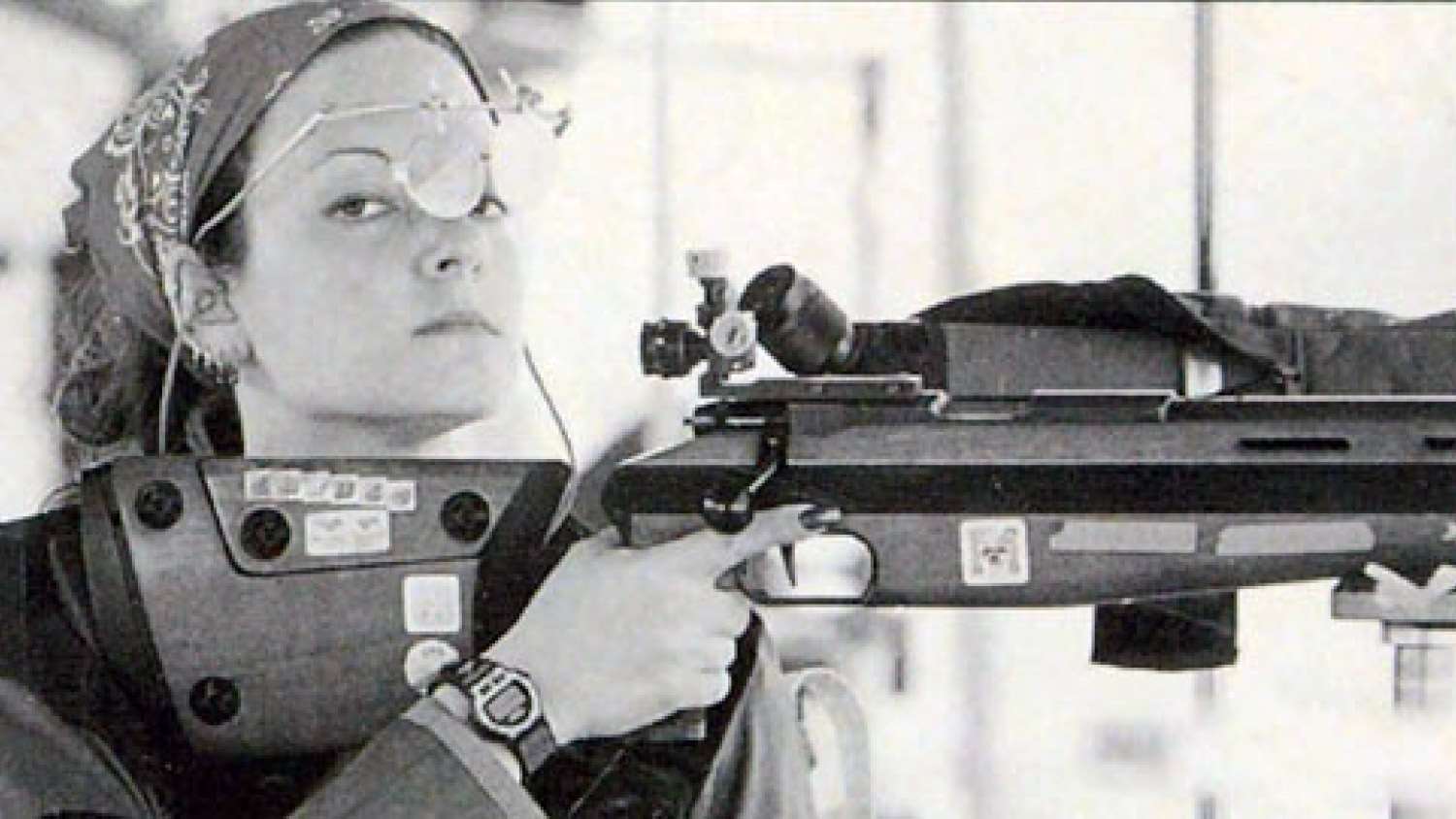
The position matches began without the fluky winds that usually bedevil the matches. It was as if the tornado had exhausted the local winds. Troy Bassham put together the best total score of the day for irons and was declared metallic sight champion. Ken Johnson won the any sight prone match and never looked back as he bested the field to become the any sight champion.
Troy Bassham, who seemed to drop out of sight during the any sight match, had built up a considerable lead with iron sights and ended up with the Parsons Trophy that had eluded his famous father, Olympic Gold Medalist Lanny Bassham.
The prone matches began with benign winds that seemed to lull the belly shooters but soon gathered strength and was back in Perry form. At the end of the day the current champion, Wigger, was still in possession of the title but with a winning aggregate score unusually low for Perry. Doug Clark came on strong and managed to push Wigger aside to take home the Hoppe Trophy as the metallic sight champion.
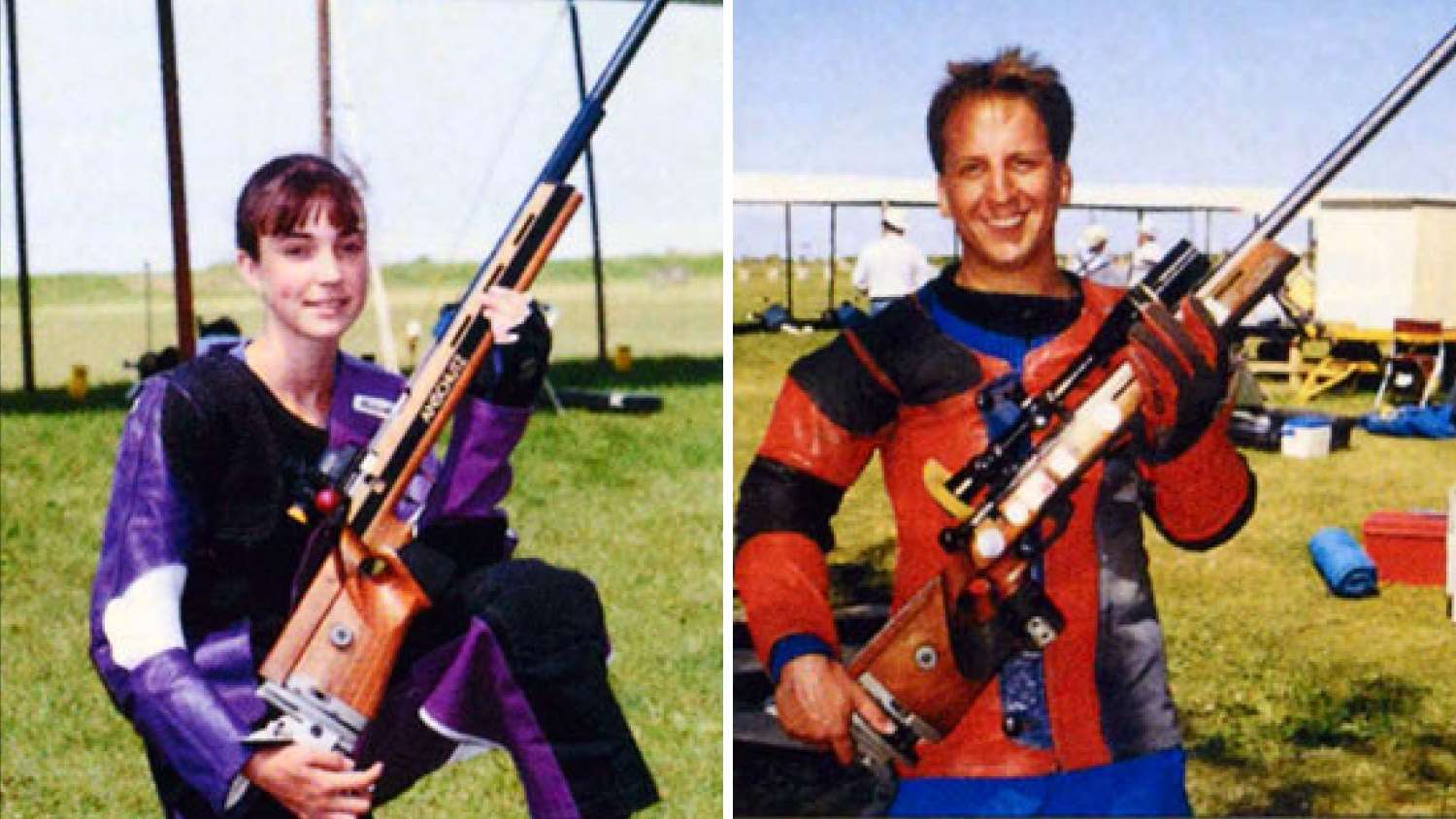
The fourth day began the any sight championships and Leo Cebula, an accomplished high power shooter, had the only 1600 and took the day, but he was passed on day five by the new any sight champion Boyd Goldsby.
The national prone title was a nail biter that was final only after the Xs had been counted. Cory Brunetti had never won a match until he reached the pinnacle of success as National Champion, winning by a nine-X margin over Clark.
1999
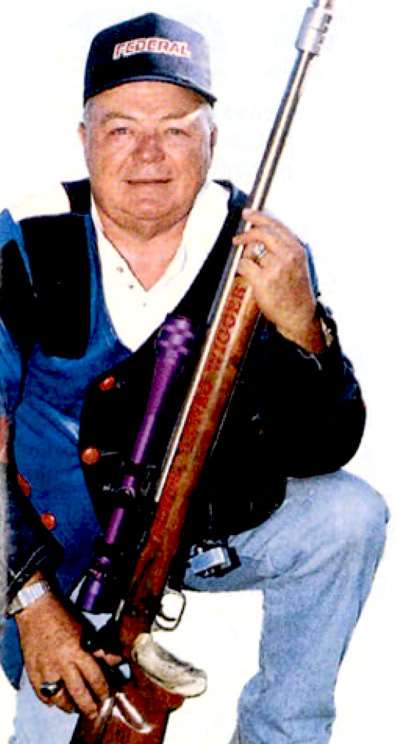
Any year that ends in “nine” is symbolic to the smallbore championship as it records the passage of another decade of competition. The 80th anniversary in 1999 would mark the end of a century in which Lones Wigger was the leading force in U.S. shooting. The position matches were marked by an event in 1999 that had not been seen in over 40 years.
When Troy Bassham was born in June 1970, Wigger had already won five position titles, a prone championship and three Olympic medals. Bassham was hanging on to his title but by the slimmest of margins after the first day. His metallic sight championship score was just two Xs ahead of Tim Manges. Fred Cole was halfway to his 11th senior title in 12 years. Bassham would not be deterred by the heat and humidity for he won any sights by a three-point margin. Two days and two wins gave Bassham his second position title. Bassham joined Wigger and Art Cook as the only back to back position champions in history.
Things were hot in more ways than one during the prone championships. The scorching temperature caused the tar to bubble up on Lawrence Road while the always cool Lones Wigger shot a blistering 6398-533X to win a record breaking sixth national prone title.
Wigger set the tone, and the pace, of the matches on the first day of the metallic sight stage with a perfect 1600-134X. Carolyn Millard-Sparks won the second day’s aggregate with a 1600-125X. But, despite dropping two points, the patriarch of the Wigger shooting clan, again stood at the top of the score board with a two-day total of 3198-267X. For a short period, it seemed as if Wigger was out of the running. The combination of Wigger’s years of experience, rock steady hold, McMillian-barreled Anschutz, and Federal Ultra Match ammunition, resulted in groups so tight that the scorers thought one of his bull’s eyes was shy a shot. He challenged and a reexamination of targets and backers found the bullet hole.
Over the two days of any sight competition, Tony Leone would dominate the field. He fired a clean on the first daily any sight aggregate. Perhaps the heat and humidity helped Leone keep up a full head of steam for he came back on the second day and repeated his near flawless performance. Leone’s 3200 earned him the national any sight title.
Wigger hammered iron sights and Leone did likewise any sights but the Old Lion persevered, and he won for the sixth time.
The tournament, a side show to the 1919 National Matches, had survived, grown, and matured with the years. Over time, many things have changed in the smallbore game but the one thing that has remained the same is the desire of all to shoot the tightest group possible as close to the center of the target as possible. The target’s rings may have changed but it is still round, and the center is still in the same place.
Read the previous articles in this series:
- The Seed Is Planted
- The Roaring Twenties
- Depression and War
- Post-War Reorganization and Innovation
- Golden Age, Part 1
- Golden Age, Part 2
- The 1980s
See more: National Smallbore Outdoor Rifle Championship Centennial














